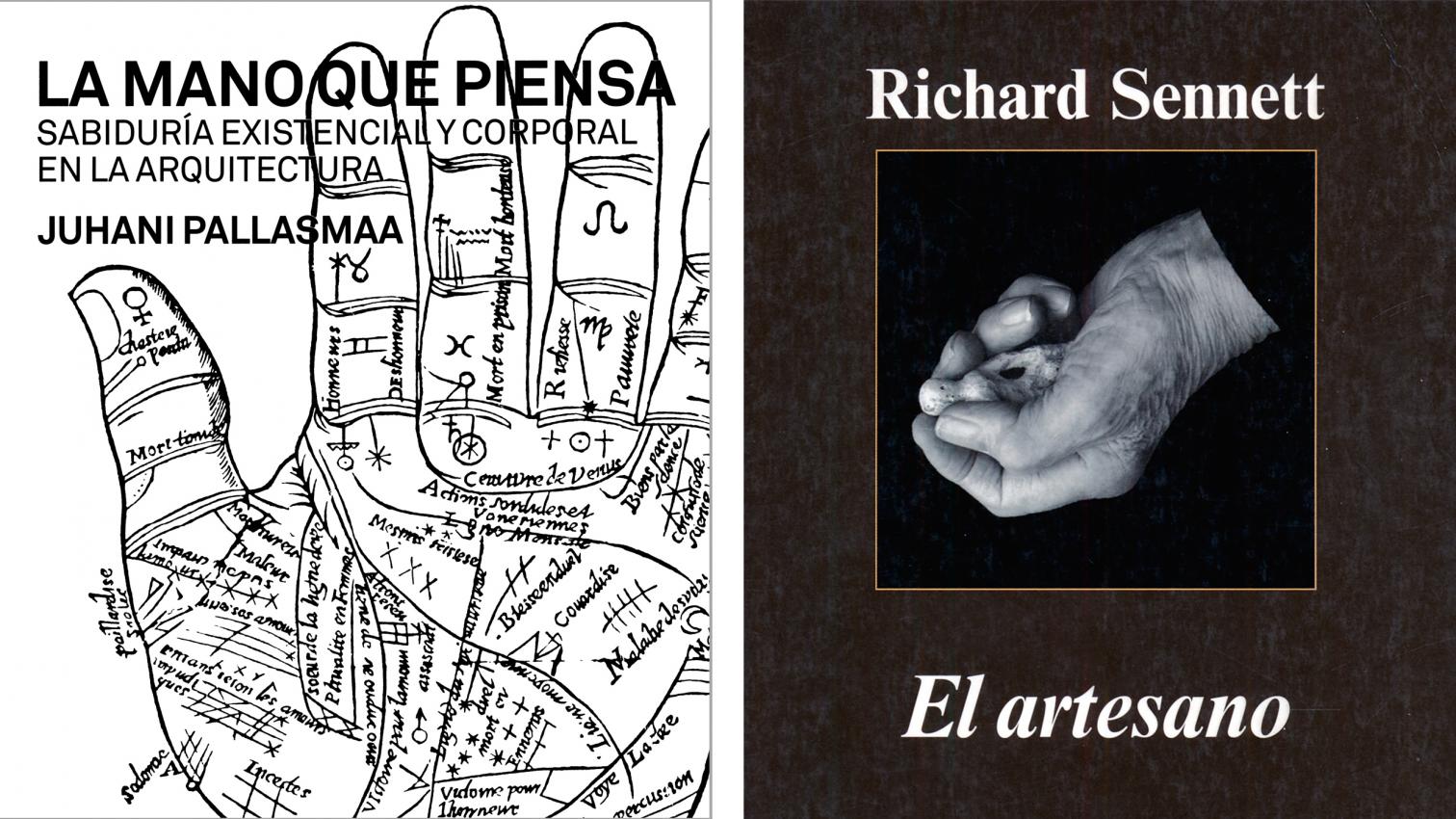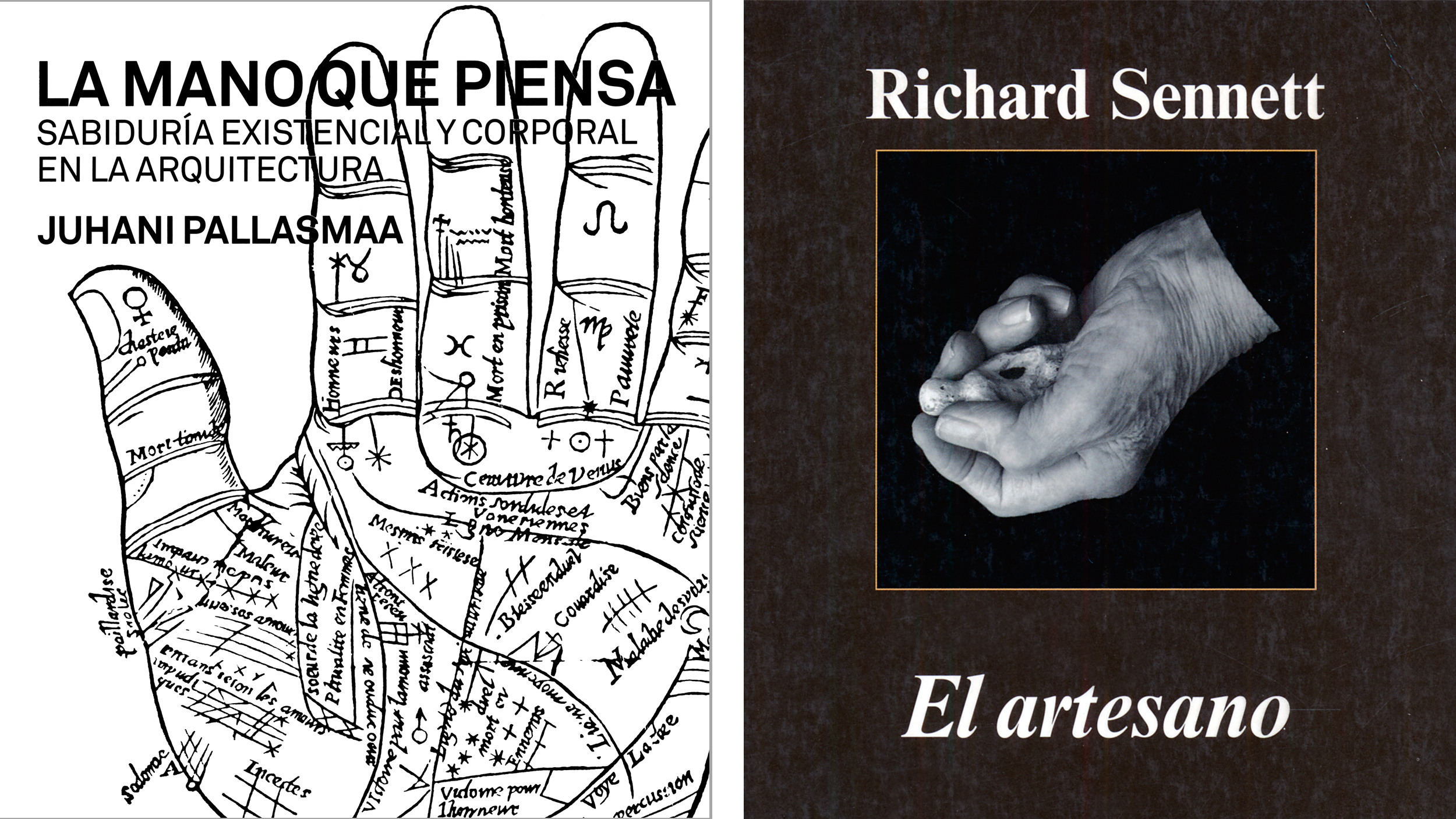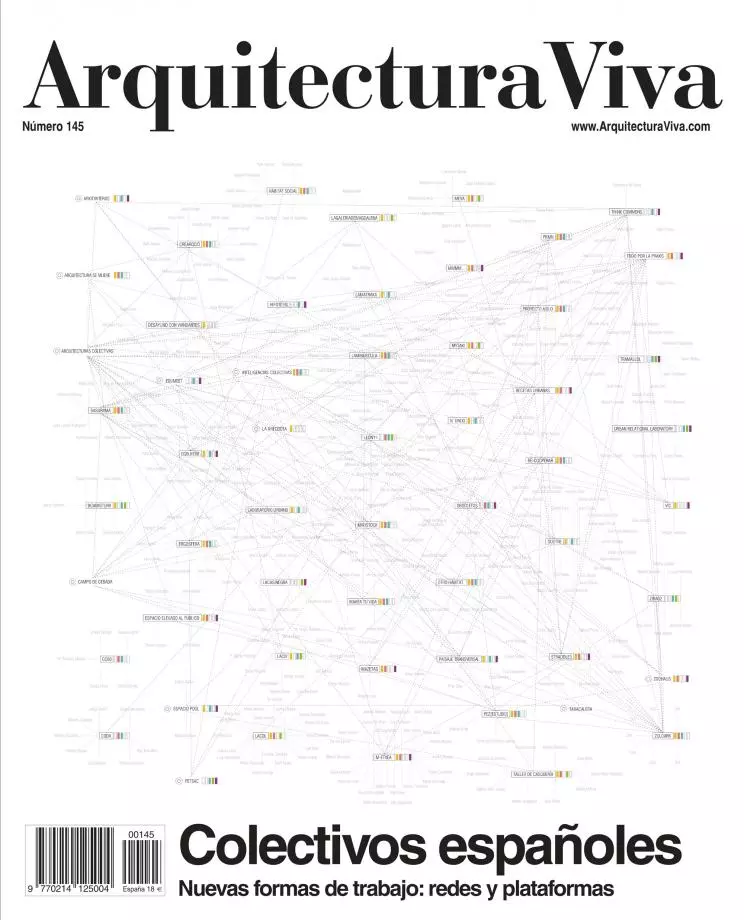
Two centuries ago, Immanuel Kant observed, almost in passing, that "the hand is the window of the mind". Modern science has tried to confirm this fruitful idea, as has art and, in many ways, architecture as well. But while for the former the study of the hand has been the occasion of important discoveries in neurology or theory of knowledge, in the latter the findings have been more humble, perhaps because of the tautological familiarity with which craftsmen, artists and architects regard manual skills. Added to this is the traditional primacy that, in Western culture, vision has had over the rest of the senses, together with the discredit with which the body has been treated in comparison with the intellect and its abstract powers.
The first work reviewed here belongs to another tradition: that which, from Ruskin to Bachelard, passing through the inevitable Focillon and his ‘Éloge de la main’, deals with human consciousness as bodily consciousness, considering art and architecture to be, primarily, artisanal practices. Juhani Pallasmaa's The Thinking Hand starts from these principles, exploring through a selection of eight chapters from eight lectures given by the Finnish architect and theorist between 1998 and 2009, the ideas anticipated in titles such as The Eyes of the Skin or An Architecture of the Seven Senses, the latter reviewed not long ago in these same pages (see Arquitectura Viva 136). The book is thus a suggestive exploration of the phenomenology of the hand, illustrated with images that accompany the text well but are somewhat predictable, and constructed in a pleasant language. However, although its somewhat pretentious subtitle, 'Existential and Corporeal Wisdom in Architecture', promises much, the book is disappointing, for Pallasmaa limits himself to glossing over the familiar ideas of architectural phenomenology - back to the body and multisensory experience - without going into the complex nitty-gritty of architectural problems. The fact that the very extensive list of artists and thinkers cited by Pallasmaa - from Henry Moore to Pietilä, from Brodsky to Valéry - barely includes a few architects such as Lewerentz, Aalto, Wright or Kahn, confirms this.
Paradoxically, it is in the second work reviewed -in which, on the other hand, Pallasmaa himself openly confesses to having been inspired- where it is possible to find references to architecture that are more relevant and pertinent. And I write 'paradoxically' because The Craftsman, by Richard Sennet, is not properly a book about architecture, but a text of sociology, rigorous and exciting, whose theme, as ambitious as it is necessary, is the practices of man as creator of himself. The Craftsman is announced as the first of a trilogy on material culture - to be completed by two others on the rituals that administer aggression and fervor, and the skills needed to produce and inhabit sustainable environments - and has as its common thread the ways in which concrete things are produced. The phenomenological slogan of 'going to the things themselves' is for Sennet an opportunity to establish connections between the thinking and specific practices of goldsmiths, glassblowers, musicians or architects, through a 'materialist' attitude that, not surprisingly, comes from the tradition of American pragmatism, with its emphasis that such practices of arts and techniques must be embedded in everyday life, a philosophy that Sennet shares with his wife today, the sociologist Saskia Sassen.
But the main merit of the book is not these intellectual assumptions, but its plastic and pertinent way of interweaving hand and thought through very concrete examples, forming an impressionistic panorama, as eloquent as attractive, ranging from the tradition of medieval goldsmiths to the construction of violins in Cremona, through the history of brick and stucco, Brunel's engineering, Wittgenstein's house in Vienna or even parametric architectures. A mosaic of architecture from the perspective of the craftsman: Sennet has achieved nothing else with this inexhaustible volume, which hopefully will soon be accompanied by the other two volumes of the promised trilogy.








